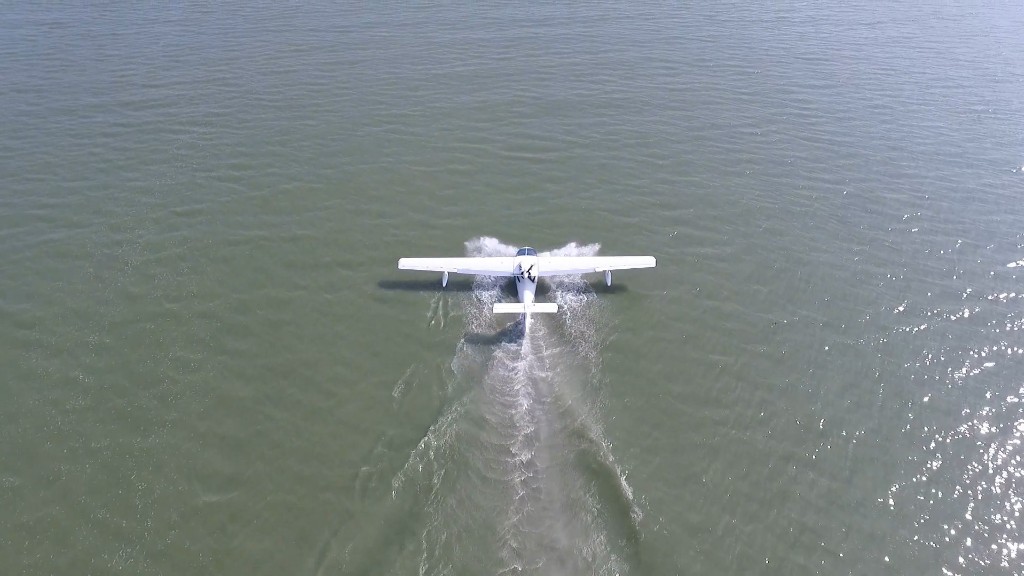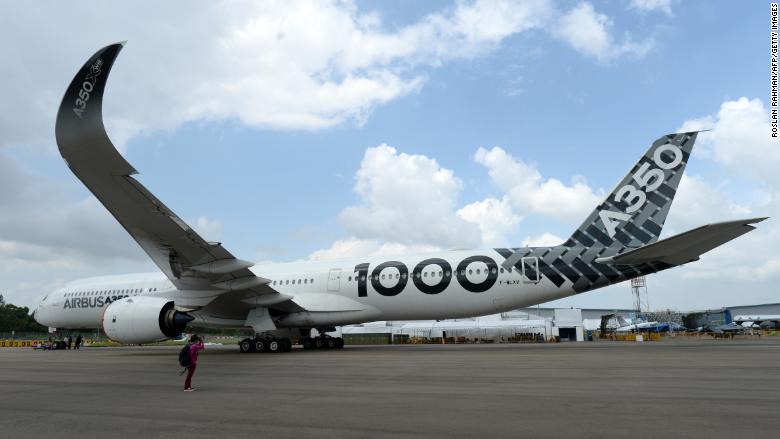
China's growing military might is prompting other nations in the region to spend more on weapons.
That trend is in evidence Tuesday at the start of the Singapore Air Show, where a host of countries and companies are showing off their defensive hardware.
Australia is displaying a pair of converted Boeing (BA) airliners that are used for tracking the skies and seas around the continent. The Royal Thai Air Force has brought its new Swedish-made Saab Gripen fighter jet. Meanwhile, Lockheed Martin (LMT) and the U.S. Marines are showcasing a pair of F-35 Joint Strike Fighters for the first time in Asia.
It's all part of a broad response to the Chinese military's growing reach at sea and in the air.
China is increasing its defense spending "at a pace that we haven't seen before," said Paul Burton, research director at defense intelligence firm Jane's. New fighter jets, transport planes, helicopters and naval ships are proliferating rapidly in the country.
Related: China gives world rare look at aircraft carrier
Jane's estimates Chinese defense spending climbed 5.2% between 2016 and 2017 to $192.5 billion. That's still $450 billion less than the U.S., but Burton estimates that in 15 to 20 years, China will have a similarly technologically advanced military.
The Asia-Pacific region is expected to be the driving force behind growth in global defense spending, which is forecast to hit a post-Cold War high this year, according to Jane's.
Burton says the Western hardware on display in Singapore shows many countries in the region "can't develop at the same pace as China" but can still buy gear to defend their "territorial integrity."
China insists its rise as a military power is peaceful. But it's locked in tense territorial disputes with various nations in the South and East China Seas that have also strained relations with the U.S. at times.
Related: India is buying over 1,000 new planes
The situation is further complicated by the fact that the countries in the region splashing out on new weapons systems also all rely heavily on trade with China.
"It's a fascinating dynamic, it's really incredible to think of the twin track of it," Burton said. "It's a delicate balancing act" between maintaining trade ties with China and buying arms to defend against the potential threat.

For example, Australia, Japan and India each count China as its largest trading partner. They "court and covet Chinese investment that will be here long into the future," Burton said.
Chinese industry is also an exhibitor at the show, displaying its own domestic plane-making and cultivating export markets for its low-cost military drones.
The region is going to be a global growth engine for civilian plane makers like Boeing and Airbus (EADSF), as well.
Asian airlines are going to need a staggering 15,000 new jetliners worth almost $2.4 trillion over the next 20 years, according to Boeing.
Related: China to overtake U.S. as largest air travel market
The biggest chunk of that demand will come from China. But the country's airlines typically sit out the order spree that accompanies the Singapore show.
Instead, their counterparts in Indonesia, India and Malaysia usually announce orders for new jetliners at the event. And many of those airlines still expect to benefit from rising international travel by Chinese citizens.
